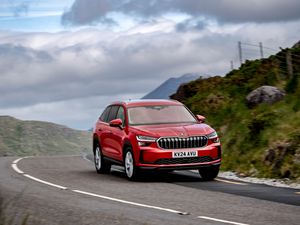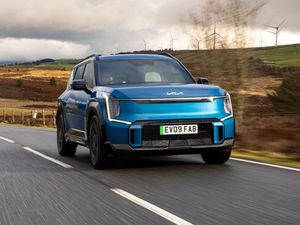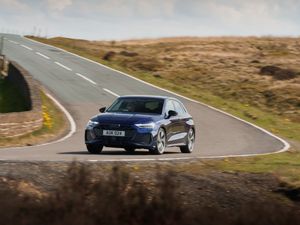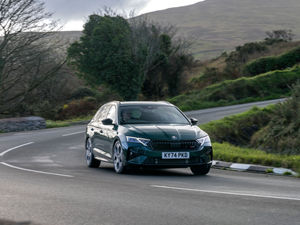UK Drive: Small-capacity petrol engine gives Land Rover Discovery a new selling point
The big, seven-seat Land Rover Discovery is now available with a compact 2.0-litre petrol engine. Can it deliver the high-end driving experience found with larger diesel units, however? Tom Wiltshire finds out.
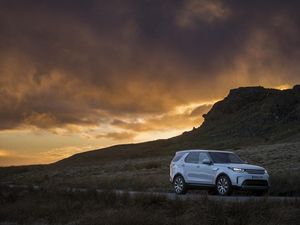
What is it?
The new Discovery has been around a little while now and, like or loathe the way it looks, it’s been immensely popular. It’s capable of seating seven in comfort yet able to conquer nearly any type of terrain, so there’s little wonder why it’s been snapped up by consumers.

What’s new?
The biggest change here is the engine. We’ve previously seen this small capacity petrol engine used in a variety of Jaguar and Land Rover vehicles, in an attempt to combat the growing distrust of diesel units.

What’s under the bonnet?
This new Ingenium engine is, at 2.0-litres, the smallest capacity drivetrain offering you can get on the Discovery. It’s paralleled by a diesel version – though it’s the petrol that we have with us here. It produces 298bhp and an impressive 400Nm of torque, which means it’s able to get the two-tonne Disco up to 60mph in a reasonable 7.3 seconds and onwards to a top speed of 125mph.
Of course, a by-product of a smaller engine working hard to lug a big, heavy body around is that it hurts economy. Land Rover claims that this version will return 29.4mpg on the combined cycle, though in daily driving we achieved closer to 22mpg. Emissions are, again, as you’d expect for a large SUV, sitting at 222g/km CO2.
What’s it like to drive?
The Discovery doesn’t encourage spirited driving – it’s far too big and heavy for that. Rather, it’s at its best when you sit back and soak up the comfort rather than put your foot down. Any attempt at pushing it down a tight back road is soon quashed by copious body roll, slow steering and of course, its sheer size. It’s not as ponderous as you might expect, though, and will certainly show a clean pair of heels to most similarly-sized SUVs.

How does it look?
Make no mistake, the Discovery’s looks have caused debate since the moment it was first released. Some love its rounded, softer look – particularly compared to the model it replaces – while others downright loathe the car’s styling, and have thrown much criticism at the off-set placement of the rear licence plate. As for us, we don’t mind it.

What’s it like inside?
The interior of the Discovery is an impressive blend of form and function. There’s tech here – that’s for sure – with features such as heated and cooled seats, and a heated steering wheel all included on our test car. Up front, it’s a comfortable and spacious place to be, with the seats providing plenty of support, while those in the middle row are equally well-off for space.

What’s the spec like?
Our test car came in Luxury trim, which meant that it was adorned with plenty equipment as standard. A full 10-inch colour touchscreen came fitted as it does on all Discos, and this houses functions such as satellite navigation and media. It’s not a bad system, with icons that are clear and easy to understand, but it lacks some of the crispness that you get in rival offerings. That said, simple operations such as pairing your phone or playing a song from a media device are easy enough to do.


